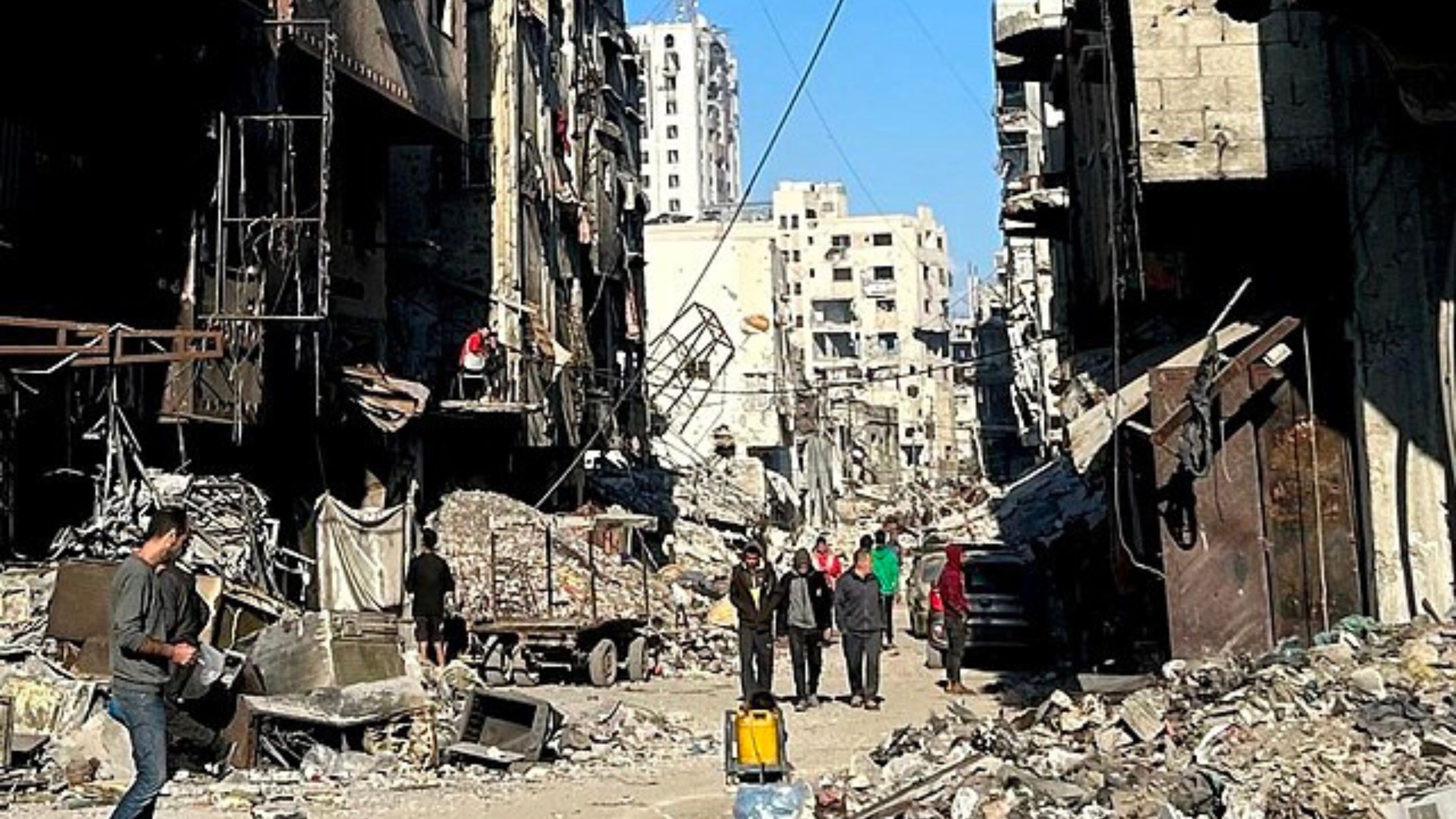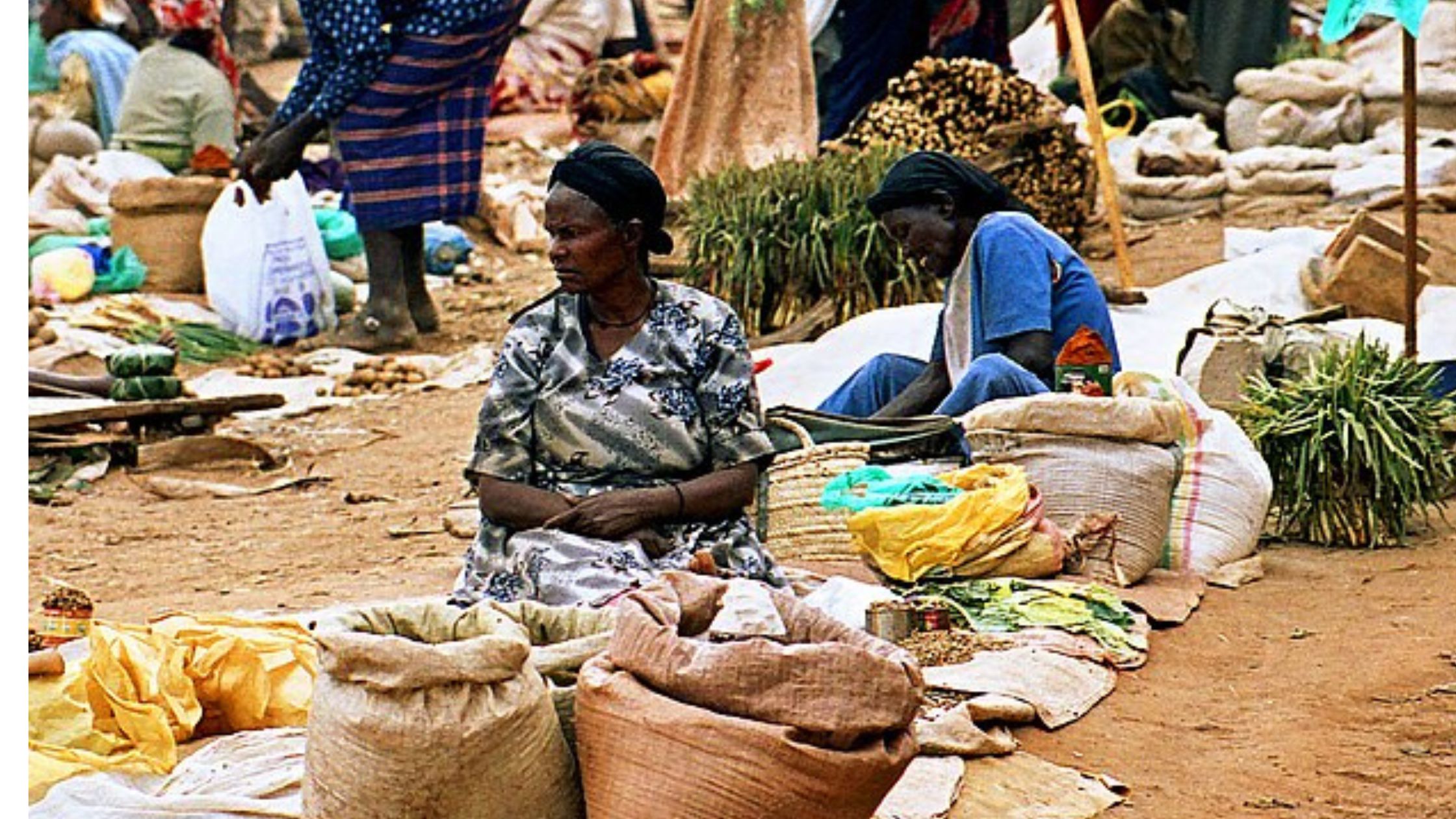In Gaza, the bombs keep falling. The latest wave of Israeli airstrikes has claimed at least 23 more lives, and the names are heartbreakingly familiar: children, mothers, entire families wiped out in moments. In the southern city of Khan Younis, a family of ten, including five kids, were burned alive when a missile tore through their home. In the north, another building collapsed with 13 people inside—nine of them children. This isn’t just war. It’s trauma carved into the earth, one explosion at a time.
But it’s not only the death toll that’s causing alarm. It’s the hunger. It’s the water that no longer flows. It’s the silence of empty pantries. For weeks now, aid has been blocked. Trucks filled with food and medicine have been stuck at crossings, unable to enter. Gaza is shrinking into a humanitarian graveyard. The United Nations has issued warnings—again—this time saying that famine is “imminent.” But on the ground, famine is already here. Children are visibly malnourished. Mothers are skipping meals. Makeshift kitchens hand out tiny portions of plain rice or boiled pasta, the only food some families eat for days. Meat and vegetables are dreams from another lifetime. Hospitals can’t keep up. Doctors are treating burns and blast wounds with dwindling supplies, operating in darkness, often without anesthesia.
The international community keeps calling for ceasefires, for restraint, for negotiations. But those words mean little to the families digging through rubble, to the fathers holding lifeless children, to the women cradling their dead. Gaza has become a symbol—of unresolved conflict, of political failure, of what happens when human lives become talking points. And yet, somehow, the people remain. They bury their dead, comfort their wounded, cook with whatever they can find. In a place where the sky itself feels like a threat, that resilience is staggering. But even the strongest people need food. They need safety. They need the world to do more than watch.








Leave a Reply